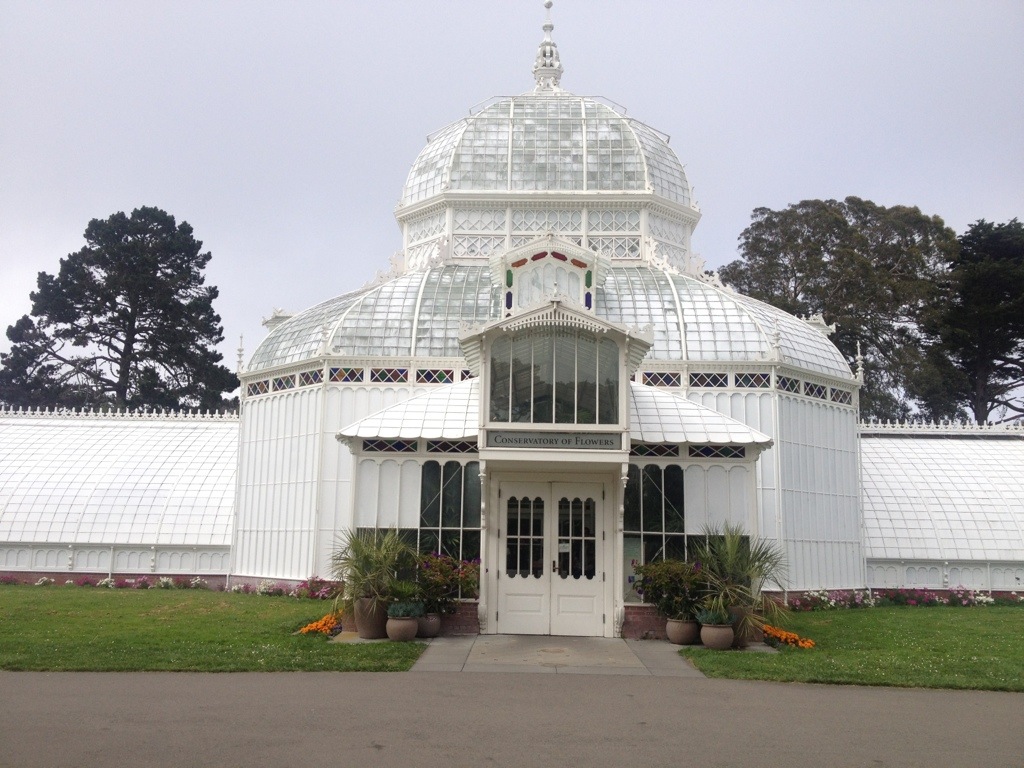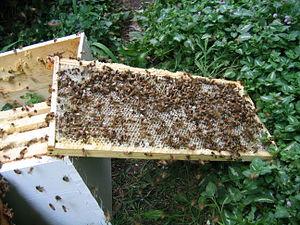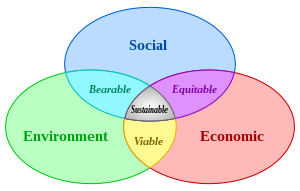Criticism of the Millennial Generation (Generation Y) by its predecessors appears to be rampant on many fronts. Generally, young people today have been characterized as lazy, politically apathetic, economically informed and self-consumed. Upon closer inspection, it appears that the basis of these complaints generally lie in the potential upheaval of business as usual that is on the horizon in terms of the Millenials’ values on politics, economics, culture and the environment. Clearly, the overall values of the Millennials differ significantly from those of the previous generations in many significant ways:
- They are more charitable.
- They are more global minded.
- They are more tolerant of racial, ethnic, political, social and economic differences.
- They are more informal.
- They are more educated and receptive to technological advancements.
- They are more adept at multitasking.
- They embrace networking.
- They are more environmentally conscious.
Growing Up In A World Shaped By Technology
The Millennial Generation (ages 18-30) grew up in an environment that was much different from that of their parents and grandparents. With the development of personal computers, smart phones and tablets, this generation has easy access to the Internet, which immediately delivers information and news, accompanied by vivid real-time images devoid of the filter of time delay and editorialized reporting. The competition to be the first to deliver breaking news has resulted in an onslaught of sources of information, such as traditional news wire services, social media platforms, including, but not limited to Facebook, Twitter, Tumblr, etc., and even individual messaging services on personal camera-equipped smart phones. These technological advances allow those who use electronic devices to access factual information, examine the sources of the information and form their own conclusions about political, social, cultural and economic issues.
In his book, The Greatest Generation, Tom Brokaw stated, “It’s easy to make a buck. It’s a lot tougher to make a difference.” It seems that the Millennials have taken this advice to heart. To a large degree, they have shown great interest in being different (than previous generations) in order to make a difference. Consequently, the Millennial Generation has matured into a group of self thinkers, who resist previous generations’ perceived notions of success and value, particularly ownership of stuff. Millennials are more likely to resist moving to the suburbs and buying expensive houses and cars. They often enjoy urban living and are pleased to have access to green energy-efficient buses or to walk or ride bicycles. A meal does not have to include meat for many of this generation. They are more likely to be environmentally conscious and to recycle and reuse. They love to travel and are more likely than their predecessors to visit other countries. Most importantly, Millennials are independent thinkers, whose truth does not have to be based on a preconceived consensus.
This brand of thinking is a major problem for the previous generations, who worry about passing the torch on to this “irresponsible” next generation. How do they have the audacity to destroy this great society that has been built on the sweat and labor of so many dedicated citizens? The answer here is that the Millennials have identified the missing link to our very survival, namely sustainability. They see the prior generations manipulated by corporate greed, political gridlock, racial, social and cultural intolerance and the burdens of materialism— ownership of too much stuff, overwhelming debt, depression and unhappiness. They choose not to participate in a political system that is consumed by partisan interests and burdened by ill will, contention and gridlock. They reject value defined by ownership of material things. Rather, they prefer to collect experiences as opposed to objects, to enjoy the world’s natural resources rather than deplete them.
There is a quiet revolution going on, a grassroots movement that is gaining momentum. The Millennial Generation is leading an upheaval of business as usual, and this is what the world needs, a new path to healthy lifestyles and environmental consciousness. Perhaps we all should stop and pay attention to this movement. To do so is to live green, be green.










